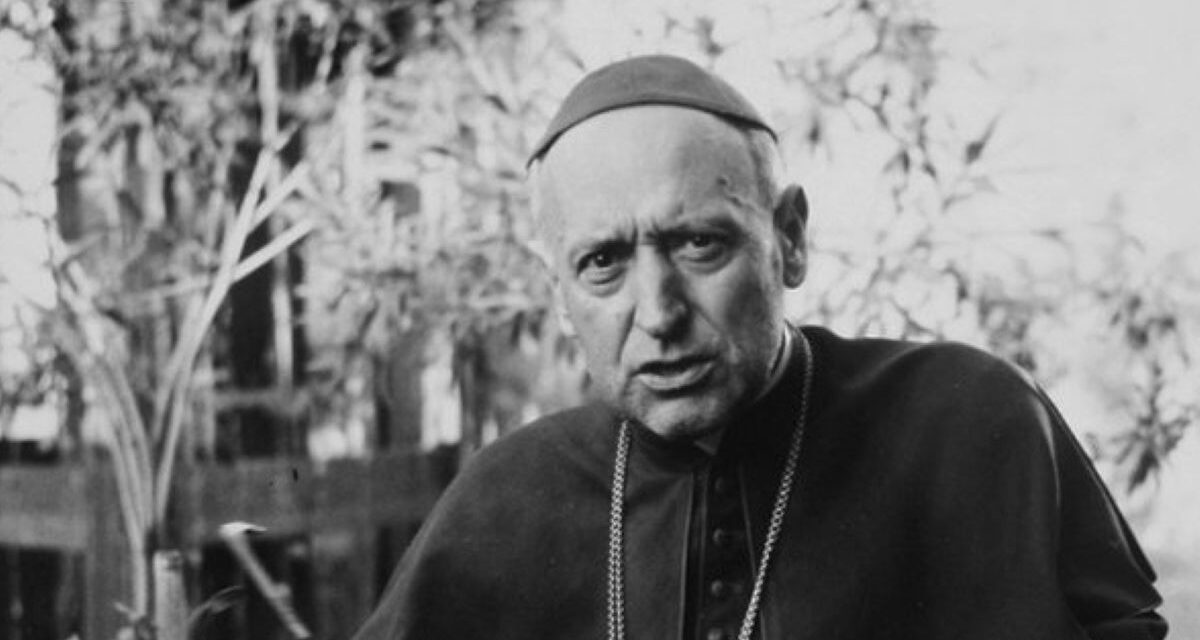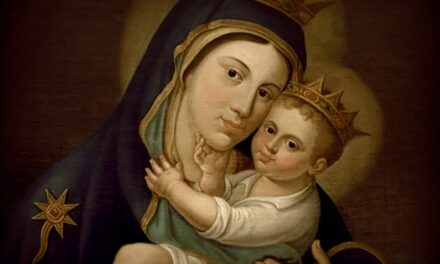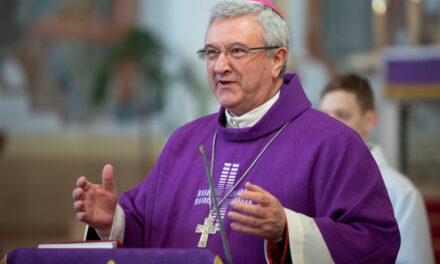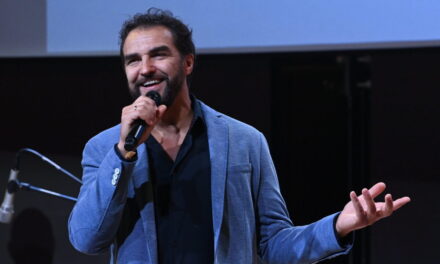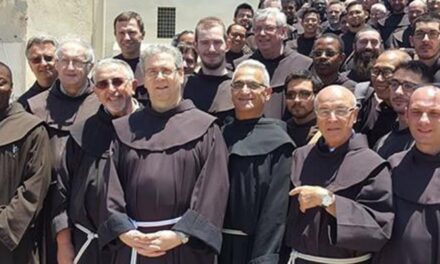During the conceptual trials, the head of the Hungarian Catholic Church was found guilty of treason and currency trading.
"It was also a mistake that most of the leading Hungarian politicians knew only superficially or not at all the most important works of Lenin and Stalin and the face of Russian Bolshevism: its actions, objectives, practices."
Seventy-five years ago, on February 3, 1949, the Mindszenty trial began. As a result, on February 8, the Communist People's Court sentenced Prince József Mindszenty, who was found guilty of treason and currency manipulation during the concept trials, to life imprisonment.
Intimidation
The Mindszenty trial
it was a concept trial initiated to intimidate the Catholic Church and its faithful.
Cardinal József Mindszenty, archbishop of Esztergom, as the embodiment of resistance to Nazi and communist tyranny, was the most suitable for the lawsuit brought against him based on trumped-up charges by the Hungarian anti-church and anti-Christian group to divide, intimidate and disintegrate the Hungarian Catholic faithful. a house.
On the evening of December 26, 1948, Mindszenty was arrested by ÁVH officers in the Primate's Palace in Esztergom, the cardinal was taken to the capital, to the ÁVH center at 60 Andrássy út.
then he was held in its basement for six weeks in inhumane conditions.
With physical and mental torture, they tried to get him to accept the (formulated in advance) investigation results published by János Kádár, then Minister of the Interior.
The charges were:
"organization to overthrow the democratic state order and the republic", "disloyalty (that is, espionage)", "currency trading", which the cardinal finally admitted under the weight of "incriminating data". The director of his physical and mental torture was state defense lieutenant colonel Gyula Décsi.
In February 1949, the special council of the Budapest People's Court discussed the case under the chairmanship of the then People's Prosecutor, Vilmos Alapy Gyula Olti. During the proceedings of the People's Court, József Mindszenty was found guilty, and in his judgment on February 8, 1949
sentenced him to life imprisonment.
Show case
Although the verdict in the showcase trial was followed by international outrage and cursing of the participants in the proceedings, neither XII. Neither the action of Pius nor the series of demonstrations that took place in the major cities of the world resulted in any change in the cardinal's case.
The prince-primate then spent seven years in the captivity of the ÁVO,
and from 1955 his prison cell was replaced by house arrest in Baranya and then in Nógrád. For József Mindszenty, the revolution that broke out on October 23, 1956 brought freedom, after which he was able to go to Budapest thanks to Major Antal Pálinkás-Pallavicini. But the events there soon brought another persecution in his life.
The second instance hearing was held on July 6, 1949, by the National Council of People's Courts, chaired by Péter Jankó. His sentence was then changed to a prison sentence, so Mindszenty was sent to solitary confinement in Budapest's Conti Street prison. He was then imprisoned in the so-called Collector's Prison for six years. From 1955, he was held in various forced residences, Püspökszentlászló, Felsőpetény, in ÁVH custody.
On the night of October 30, 1956, the freedom fighters freed him;
the Rétság armored personnel carriers led by Major Pálinkás (Pallavicini) transported him to Budapest.
Rehabilitation
It was then officially rehabilitated by Imre Nagy's government. He was a resident of the US Embassy from the morning of November 4, 1956 (as the only inmate), until in 1962 the domestic puppet government of the Soviets declared him guilty again, and another trial was opened against him for "escape from captivity and counter-revolutionary acts".
The official position of the United States government was that they would not interfere in Mindszenty's case,
because according to them it strictly belongs to the Hungarian government and the Vatican, the American embassy merely provides it with shelter. Initially, the embassy was also prepared for the Hungarian authorities to enter the building by force and take Mindszenty out; According to Washington's instructions, there should have been no resistance in such a case.
Despite the protection, this status meant another confinement for him, since he was under control the whole time, and his personal ecclesiastical and secular correspondence was strictly limited. However, he regularly wrote letters to the current American president, and occasionally received answers to them.
Now that I have assumed my duties as President, I send you my greetings and the assurance of my full and understanding sympathy for your situation. The hospitality of the American Embassy remains at your disposal, and our government will gladly continue to shelter you as long as your personal safety and liberty so require." Sincerely, John. F. Kennedy, February 10, 1961.
In 1967, the "Mindszenty question" was again on the agenda. The goal of the Hungarian leaders was for the Pope to release the cardinal from his function as archbishop of Esztergom before he left the country. The first opportunity for Mindszenty to leave was already in 1958, XII. It seemed to open up after the death of Pope Pius, when the Holy Apostolic See invited the cardinal to Rome for the papal election. In Washington, they decided that if the Hungarian state released Mindszenty, they would guarantee that the cardinal would retire from politics.
Leaving Hungary
On April 16, 1971, as a sign of the revival of diplomatic relations between the Holy See and the Hungarian state, VI. Pope Pál personally received Hungarian Foreign Minister János Péter. It was the first time that an incumbent member of a communist government could visit the Pope. As a result of the negotiations, in accordance with the agreement of the Apostolic Holy See and the Hungarian People's Republic, Mindszenty on September 28, 1971 -
against his will, but because of his obedience to the Pope - he left Hungary.
Honorable József Mindszenty, originally named József Pehm, was born in Csehimindszent on March 29, 1892. Archbishop of Esztergom, the last prince-primate of Hungary, cardinal. He is the successor of Cardinal-Duke Primate Júsztinián Serédi, Archbishop of Esztergom. One of the greatest figures of the Hungarian Catholic Church in the 20th century, he was persecuted by both the Arrows and the Communists. His life's journey proved that due to the nature of the Rákosi era and the Arrow dictatorship, the church could only have made an unprincipled, immoral and humiliating compromise, and the cardinal steadfastly resisted this. He died in Vienna on May 6, 1975.
"Each individual, each generation of each nation must fight again and again for their faith, like Jacob did with God's angel. God is young. He owns the future.”
Featured Image: Past Age

